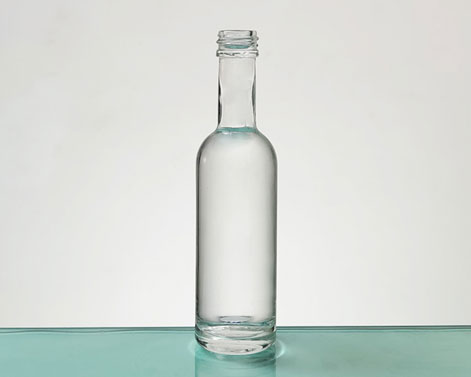Why Are 700ml Bottles Used in Europe Instead of 750ml Bottles?
The preference for 700ml glass bottles in Europe, particularly for spirits like whiskey, vodka, and gin, contrasts with the global dominance of 750ml bottles. This divergence stems from a blend of historical, regulatory, and market-driven factors. Let’s explore the key reasons behind this unique European practice.
1. Historical and Regulatory Frameworks
In Europe, bottle sizing has long been influenced by EU regulations and historical trade standards. For spirits, the 700ml volume became a standardized unit under EU directives to align with metrication efforts and simplify cross-border trade . Unlike wine bottles (which often use 750ml as a global standard), spirits faced distinct regional requirements. For example, the UK historically used imperial measurements, but the shift to metric units in the 20th century solidified 700ml as a practical compromise between older imperial sizes (e.g., 26.4 fl oz) and metric simplicity.
2. Market Preferences and Branding Strategies
European consumers associate 700ml bottles with premium spirits. Brands leverage this perception to emphasize exclusivity and craftsmanship. For instance, unique designs like oval, square, or rectangular shapes (common in 700ml spirits bottles) enhance shelf appeal and align with trends in luxury packaging . Additionally, smaller volumes allow brands to maintain higher price points while offering a perceived "artisanal" experience—a strategy less effective with larger 750ml formats.
3. Logistics and Sustainability Considerations
Shipping Efficiency: A 700ml bottle’s slightly smaller size reduces weight and optimizes shipping costs, aligning with Europe’s emphasis on sustainable logistics.
Material Savings: Less glass per unit lowers production costs and carbon footprints, resonating with EU sustainability goals .
4. Cultural Adaptation and Consumer Habits
European drinking culture favors moderation and quality over quantity. A 700ml bottle aligns with smaller household sizes and the trend toward premiumization. For example, whiskey enthusiasts often collect limited-edition 700ml bottles, viewing them as more manageable for personal use compared to bulkier 750ml options.
5. Global vs. Regional Standards
While 750ml dominates markets like North America and Asia, Europe’s adherence to 700ml reflects its regulatory autonomy. This divergence occasionally creates challenges for international brands, which must adapt packaging for regional compliance. However, many European manufacturers, such as Heze Rising Glass Co., Ltd (noted for their 700ml catalog ), specialize in custom designs to meet these localized demands.
Conclusion
The 700ml bottle’s prevalence in Europe is a multifaceted outcome of regulation, market psychology, and sustainability priorities. For brands targeting European consumers, understanding these nuances is crucial—whether through tailored designs, eco-friendly production, or storytelling that highlights heritage and craftsmanship. As the industry evolves, 700ml bottles will likely remain a staple, symbolizing Europe’s unique blend of tradition and innovation.
Interested in exploring 700ml bottle designs? Check out RSG Glass’s catalog for inspiration or contact their team for customized solutions.




